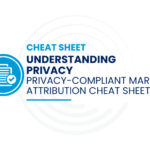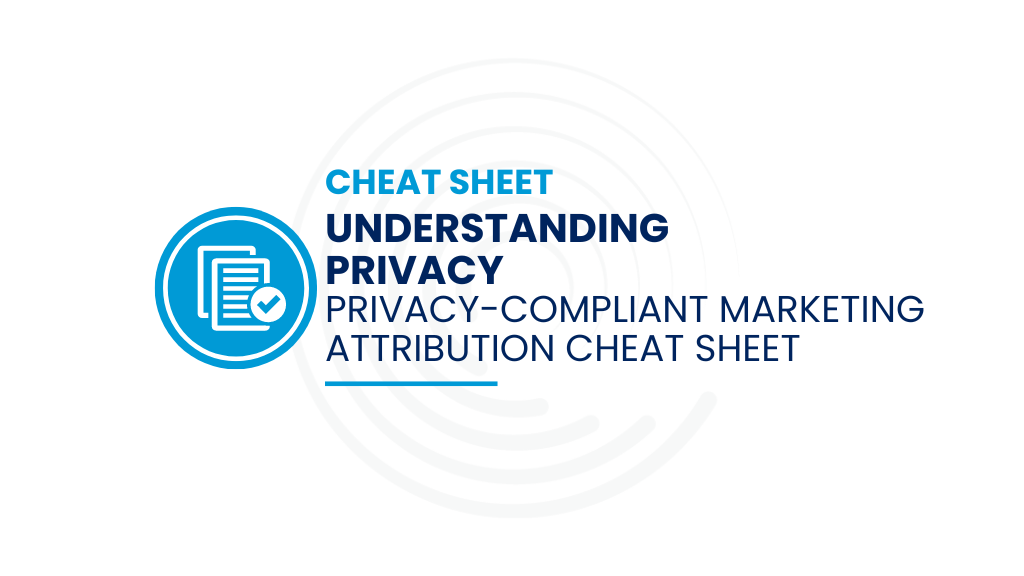Even with the best intentions, people can misread and misinterpret data. It’s easy to mistake correlation for causation. To demonstrate just how easy that is, one Harvard student searched the U.S. Census database, finding a strong correlation between random statistics, including the per capita consumption of sour cream and the incidence of fatal motorcycle accidents.
In a marketing and sales context, it’s incredibly important to interpret data correctly — misreading or misinterpreting data can result in disastrous decision-making. As a marketing professional, you have to overcome the temptation to cherry-pick results or round up numbers to support wishful thinking. You must find a way to approach data without bias to ensure that your conclusions are valid.
That’s easier said than done. The B2B purchasing process is extremely complex, especially now that sales cycles are lengthening and more decision-makers are involved in purchasing. In addition, marketers are now more than ever accountable for sourcing and influencing revenue. Where do you start?
- Alignment — work backwards from the revenue goal. While traditional CRM and marketing automation systems provide introductory volume and activity measurements, they lack the necessary full funnel data that stitches together omni-channel offers and responses, content consumption, and downstream deal data that provides invaluable revenue insights when correctly integrated. Today’s successful ‘revenue marketers’ are closely aligned with their CFO and head of sales, providing not just historical or in-quarter results, but also predicting outcomes based on real-time results.
- Process — use a goal-question-metric framework to determine data requirements. The B2B customer journey is complicated, and data sources are proliferating. It can be a challenge for marketers to separate signals from noise. Marketers must identify which data sources contribute to funnel metrics and attribution, versus which actually detract or add confusion. Experienced marketing analysts are critical to driving this process, and their work can be accelerated by teaming up with an experienced agency to build and implement an effective marketing performance measurement strategy that aligns marketing, sales, product, and customer success.
- Platform — report from a single source of truth, trusted by sales and marketing, to show a clear picture of pipeline and revenue. With the evolution of the buying cycle, a more complex data environment and a proliferation of sources, marketing organizations must create an infrastructure that supports sound decision-making. That’s the only way to gain useful insights. Greater transparency allows marketers to gain credibility with sales and generate insights about revenue attribution as well as earlier success indicators, such as conversion and velocity metrics associated with the marketing-to-sales handoff.
Full Circle Insights products are designed to represent the complexity of the B2B purchasing process mathematically, including all of the touchpoints, both digital (anonymous and identified online prospects) and in person. That’s why Full Circle Insights products are built 100% on the Salesforce App Cloud® to break down the data silos that make it impossible to align sales and marketing. By adding Full Circle Insights to your martech stack, you establish a single source of data truth that both teams can trust.







